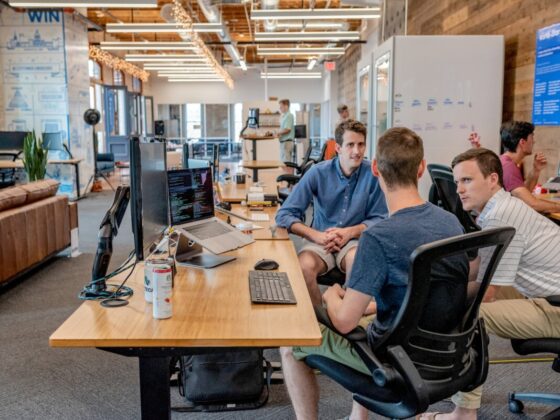Strategies for Upskilling and Reskilling Your Workforce

As the economy and job market continue to evolve, it’s more important than ever for your organization to invest in strategies for upskilling and reskilling your workforce. With technology and automation rapidly changing the nature of work, many jobs that were once considered secure are now at risk of being outsourced or made obsolete. To stay competitive in this rapidly changing landscape, companies need to ensure that their employees have the skills and knowledge they need to adapt and thrive in the face of change.
Identify Key Skills
One effective strategy for upskilling and reskilling your workforce is to identify the key skills and knowledge areas that are most critical for your organization’s success and then develop a training and development plan that targets those areas. This might involve creating a cross-functional training team, identifying internal subject matter experts to serve as trainers, or partnering with external training providers to bring in specialized expertise.
Create A Continuous Learning Culture
Another strategy is to create a culture of continuous learning within your organization. This can be done by encouraging employees to take on new responsibilities and stretch themselves beyond their current job duties, and by providing opportunities for employees to learn new skills and take on new challenges. By making learning and development a core part of the company culture, you can create a more engaged, motivated workforce that is better equipped to adapt and evolve as the business changes.
Implement Flexible Learning Options
Another approach could be to implement flexible and remote learning options. With more employees working from home, digital and virtual learning opportunities have become more important than ever. Encourage the use of e-learning platforms and software, online tutorials, video conferencing, and remote classes to provide more flexibility for the learners. Also, it can enable individuals to learn at their own pace and on their own schedule.
Have An Open Mind
One key aspect of upskilling and reskilling is to also have an open mind to explore new and innovative options. Organizations should also consider expanding their traditional learning and development programs to include experiential learning opportunities such as apprenticeships, internships, and job rotations. These can provide employees with hands-on, real-world experience and the opportunity to learn new skills in a supportive environment.
Use AI And Machine Learning
One more way to address upskilling and reskilling the workforce is through the use of AI and machine learning technology. AI can be leveraged to help identify the skills and knowledge areas that are most critical for a given job or role and to develop customized training and development plans that target those areas. Additionally, some companies are exploring the use of AI-powered “personalized learning” platforms that can provide employees with personalized training and development plans based on their individual learning styles and preferences.
Invest In Leadership Training
Another important strategy for upskilling and reskilling your workforce is to invest in leadership and management training. Strong leaders and managers are essential for fostering a culture of continuous learning and for guiding employees through the upskilling and reskilling process. It is also helpful to provide opportunities for employees to take on leadership roles within the organization, such as serving as mentors or leading training and development initiatives.
Have Good Communication
Finally, it is important to have good communication and collaboration in place between HR and other departments. HR leaders need to take a more active role in identifying the training and development needs of their employees, and to work closely with other departments to ensure that those needs are met. They also need to be able to measure the impact of their upskilling and reskilling efforts and make adjustments as needed.
In Conclusion
Strategies for upskilling and reskilling your workforce is essential for organizations to stay competitive in a rapidly changing job market. By identifying critical skills and knowledge areas, creating a culture of continuous learning, providing flexible and remote learning options, being open to new and innovative options, leveraging AI and machine learning technology, and having good communication and collaboration in place, organizations can ensure that their employees are equipped with the skills and knowledge they need to thrive in the face of change.

:max_bytes(150000):strip_icc():focal(749x0:751x2)/boy-escapes-abuse-grocery-store-Leandra-Renteria-Gary-Dean-Wilson-Lenore-Wilson-032925-d5a736a553504a749e9eed17e9162fa5.jpg)








